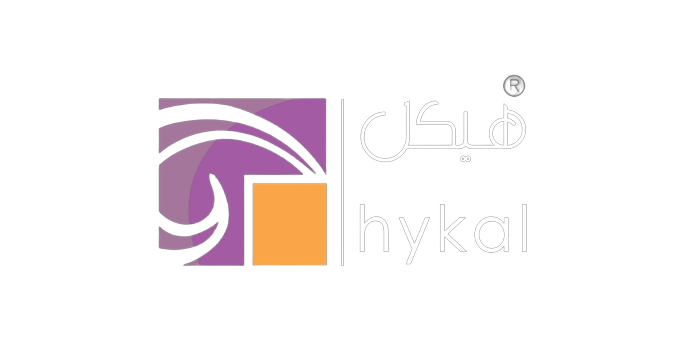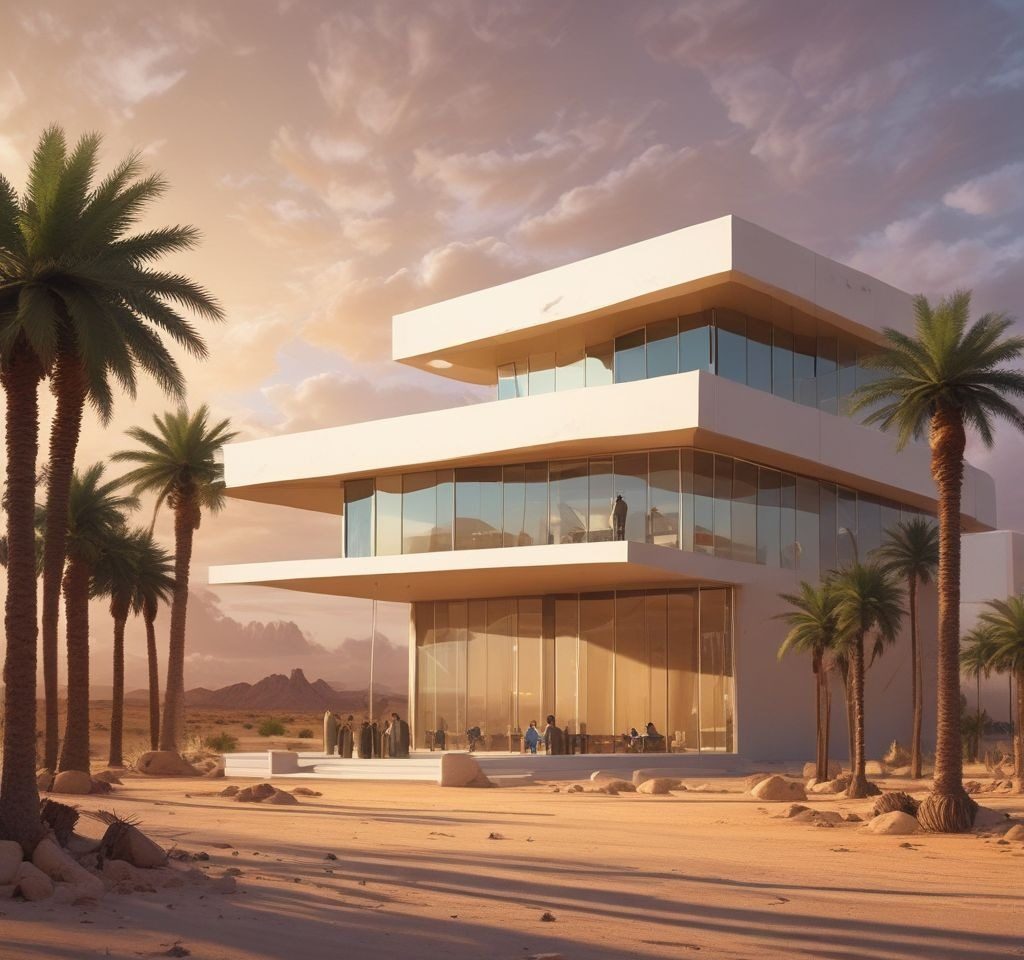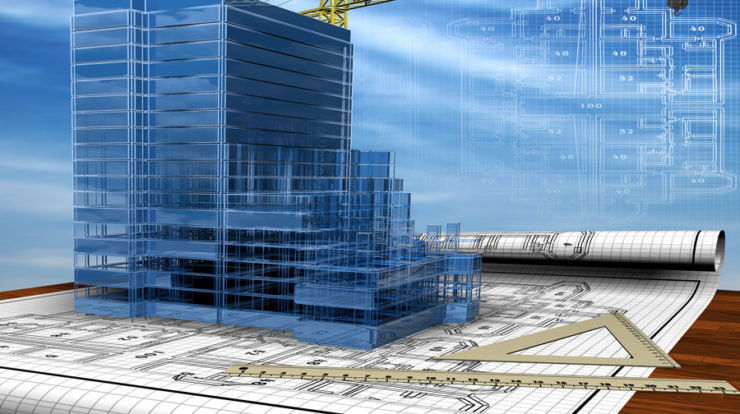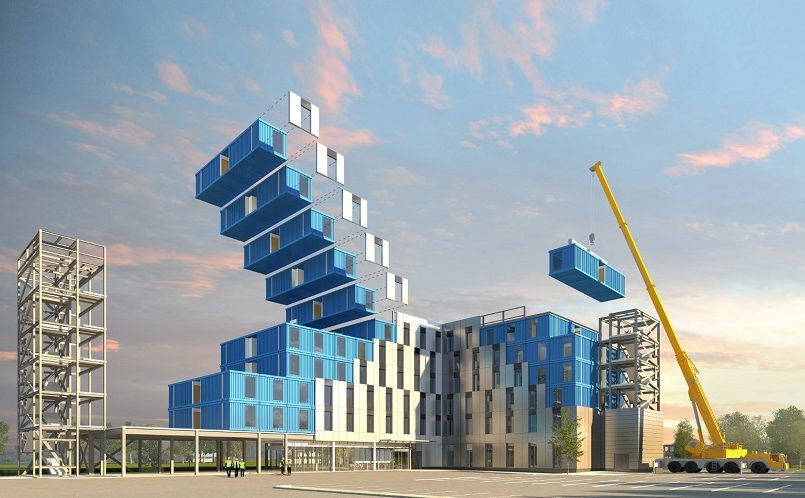Building Resilience: Architectural Strategies and Materials for Coping with Saudi Arabia’s Harsh Weather Conditions
Building Resilience: Architectural Strategies and Materials for Coping with Saudi Arabia’s Harsh Weather Conditions
Saudi Arabia’s architectural landscape is uniquely shaped by its extreme weather conditions. Unlike the temperate climates of Europe, where buildings often benefit from moderate weather patterns, Saudi Arabia’s architecture must contend with intense heat, UV radiation, and frequent sandstorms. This necessitates a distinct set of strategies and materials designed to enhance durability, comfort, and energy efficiency. This article explores how architects and engineers in Saudi Arabia are tackling these challenges, and how their approaches compare with those employed in Europe.
Adapting to Extreme Heat: Material Choices and Design Innovations
Saudi Arabia’s climate is characterized by scorching temperatures that can exceed 50°C (122°F) during the summer months. This intense heat poses significant challenges for building design, particularly in terms of heat insulation and energy efficiency. Architects have developed several strategies to address these issues, employing both traditional and cutting-edge materials.
Reflective and Insulative Materials: In response to the harsh sun, architects in Saudi Arabia often use reflective and insulative materials to minimize heat absorption. High-performance glass with reflective coatings is commonly used to reduce solar gain while maintaining natural light. Insulating materials such as expanded polystyrene (EPS) and polyurethane foam are incorporated into building envelopes to enhance thermal resistance. These materials prevent the transfer of heat into interior spaces, reducing the reliance on air conditioning and improving overall energy efficiency.
Comparative Insight: In Europe, where the climate is more temperate, insulation focuses on retaining heat during cold periods rather than preventing heat gain. Materials such as double-glazed windows and breathable insulation are common. While some European buildings also use reflective coatings and advanced glazing, the emphasis is on thermal insulation that suits cooler climates.
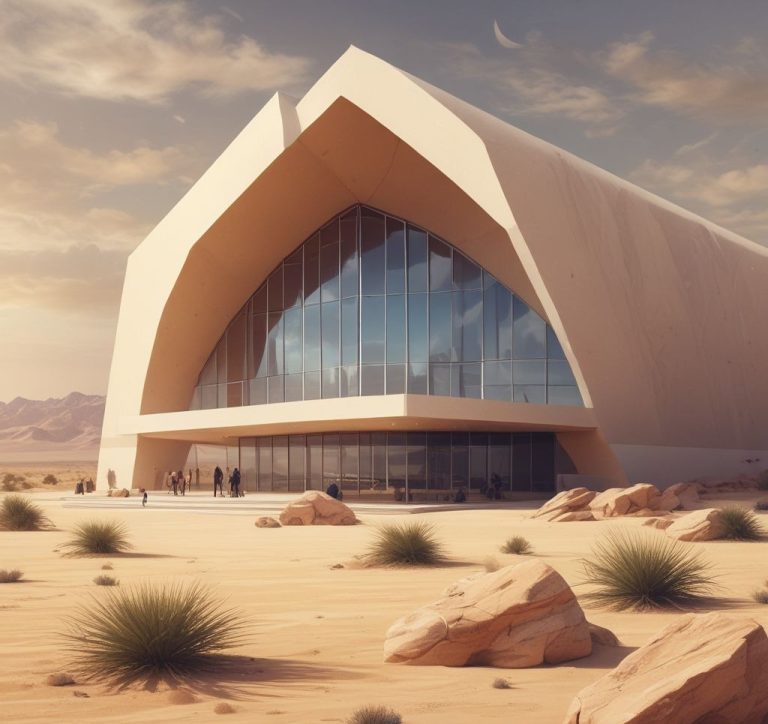
UV Protection: Safeguarding Structures and Inhabitants
The intense UV radiation in Saudi Arabia accelerates the degradation of building materials and poses health risks to occupants. To address these issues, architects and engineers have developed several innovative solutions.
UV-Resistant Coatings: Buildings in Saudi Arabia frequently feature UV-resistant coatings and finishes that protect surfaces from sun damage. These coatings prevent fading and deterioration of exterior walls, roofs, and pavements. Additionally, UV-resistant membranes are applied to flat roofs to safeguard against the harsh sun and extend the lifespan of roofing systems.
Shade Structures and Ventilation: Shade structures, such as pergolas and awnings, are commonly used to shield outdoor areas from direct sunlight. These elements not only enhance comfort but also reduce the heat load on building facades. Additionally, architects design ventilation systems that promote airflow and reduce indoor temperatures, enhancing overall comfort.
Comparative Insight: In Europe, UV protection is less critical due to lower UV levels. While UV-resistant coatings are used in some cases, European architectural practices often prioritize protection against rain and cold. Shade structures are less common, and building designs focus more on thermal efficiency and moisture management.
Sand Erosion: Durability and Maintenance
Saudi Arabia’s frequent sandstorms pose another significant challenge for building durability. Sand and dust can erode surfaces, obstruct ventilation systems, and contribute to the wear and tear of materials.
Durable Finishes and Maintenance: To combat sand erosion, architects use durable finishes such as high-performance cladding materials and corrosion-resistant coatings. Regular maintenance is essential to address any damage caused by sandstorms. Building facades are designed to be easily cleaned, and ventilation systems are equipped with filters to prevent dust ingress.
Design Considerations: Building designs often include features such as recessed windows and protected entryways to reduce the impact of sand and dust. Additionally, landscaping around buildings is carefully planned to minimize dust generation and provide natural barriers.
Comparative Insight: In Europe, where sand erosion is not a significant issue, building materials are selected based on their resistance to moisture and cold. European architects focus on weatherproofing against rain and snow rather than sand and dust. Consequently, the design strategies and materials used in Europe differ significantly from those employed in Saudi Arabia.
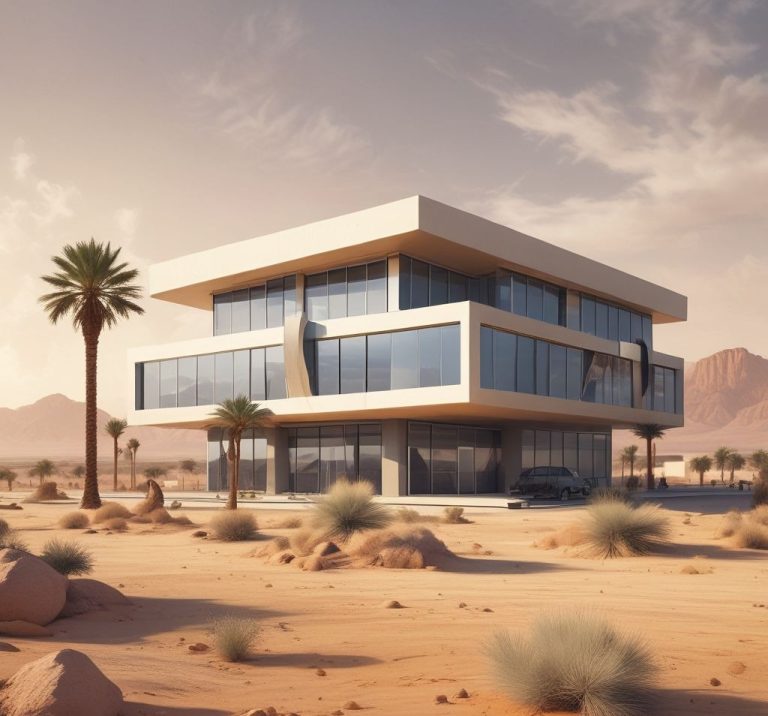
Sustainable Solutions: Integrating Modern Technologies
As the world increasingly prioritizes sustainability, Saudi Arabian architects are adopting innovative technologies and practices to enhance the environmental performance of their buildings.
Solar Energy Integration: The abundant sunlight in Saudi Arabia provides an opportunity for solar energy utilization. Many buildings incorporate photovoltaic panels to harness solar power, reducing reliance on conventional energy sources. This integration supports both environmental sustainability and energy efficiency.
Green Roofs and Walls: Green roofs and walls are gaining popularity as a means of improving thermal insulation, enhancing air quality, and providing aesthetic benefits. These systems also help mitigate the urban heat island effect, which is particularly relevant in densely built areas.
Comparative Insight: In Europe, sustainability practices include a wide range of solutions such as passive house designs, green roofs, and energy-efficient systems. While European buildings also incorporate solar energy and green technologies, the specific solutions vary based on local climate conditions and regulatory requirements.
In Conclusion: Bridging the Gap Between Climate and Design
Architectural strategies and materials in Saudi Arabia are specifically tailored to address the unique challenges posed by its extreme climate. The emphasis on heat insulation, UV protection, and sand erosion mitigation reflects a deep understanding of the environmental conditions and their impact on building performance. In contrast, European architecture, while also sophisticated, focuses on different aspects such as thermal efficiency and moisture management.
As architects and engineers continue to innovate, the lessons learned from Saudi Arabia’s approach to building resilience can offer valuable insights for addressing climate challenges in other regions. The ongoing evolution of architectural practices underscores the importance of adapting design strategies to local conditions, ultimately enhancing both the durability and comfort of buildings worldwide.
